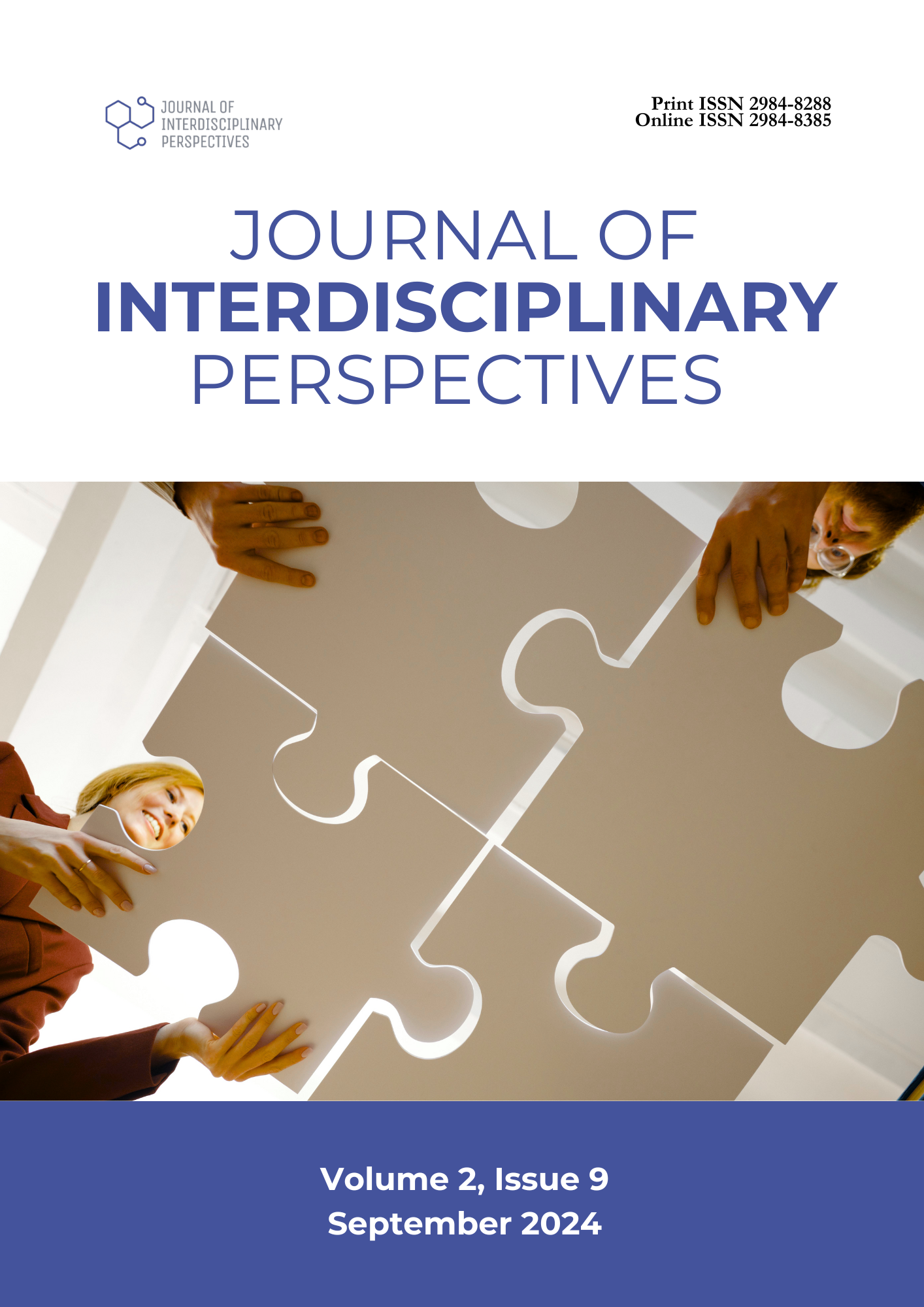Adoption of Cashless Payments by Retail Enterprises in Legazpi City
DOI:
https://doi.org/10.69569/jip.2024.0391Keywords:
Cashless payments, Retail enterprises, PhilippinesAbstract
This study examined the adoption of cashless payment methods among retail businesses, identifying the types of payment methods utilized, the factors influencing their adoption, and the challenges retailers face. Data were collected through interviews with 50 retail owners and managers. Results indicate that mobile wallets, particularly GCash, are the most frequently used cashless payment method, followed by debit/credit cards and online banking. Factors driving adoption include ease of use, trust and security, and social influence. However, retailers need to work on technological complexities, customer expectations, limited cash-in and cash-out facilities for mobile wallets, and financial costs from banks and fintech companies. The study concludes that enhanced infrastructure and support are essential for the region's broader adoption of cashless payments. The findings underscore the crucial role of policymakers and financial institutions in addressing these barriers to foster a more inclusive and efficient cashless economy.
Downloads
References
Abidi, S.S., & Khan, S.M.F. (2019). Payment mode influencing consumer behavior: Cashless payment versus conventional payment system in India. Management Dynamics, 19(1), 45–56. https://managementdynamics.researchcommons.org/cgi/viewcontent.cgi?article=1028&context=journal
Acopiado, I.M., Sarmiento, J.M., Romo, G.D., Acuna, T., Traje, A., & Wahing, G. (2022). Digital payment adoption during the COVID-19 pandemic in the Philippines. Philippine Journal of Science, 151(3), 1185–1196.
Chairunnisa, S., Alfina, A., & Yasmin, A. (2020). Observing micro, small, and medium enterprises (MSMEs) readiness to support cashless society. The Winners, 21(2), 101-106. https://doi.org/10.21512/tw.v21i2.6722
Ching, M. R. D. (2017). Challenges and opportunities of electronic payment systems in the Philippines. DLSU Research Congress; De La Salle University, Manila, Philippines, 20-22.
Chu, C. H., Nyrup, R., Leslie, K., Shi, J., Bianchi, A., Lyn, A., McNicholl, M., Khan, S. S., Rahimi, S. A., & Grenier, A. (2022). Digital ageism: Challenges and opportunities in artificial intelligence for older adults. Gerontologist, 62(7), 947–955. https://doi.org/10.1093/geront/gnab167
Dave, R. (n.d.). Here are the advantages of cashless payments and the pitfalls you should beware of. Economic Times. Retrieved from https://economictimes.indiatimes.com/tdmc/your-money/going-cashless-is-it-good-for-you/tomorrowmakersshow/55956343.cms
Enojas, M. J., Morgado, J., Bongao, H.L., Arribas, R., Damiles, C., Talon, K.J.Z., & Turallo, L.M. (2023). User perception of a developed GCash cash-in and cash-out machine in the Philippines. Indonesian Journal of Electrical Engineering and Computer Science, 32(1), 328-334. https://doi.org/10.11591/ijeecs.v32.i1.pp328-334
Francisco, R. (2020). How to be risk-free in using e-payment systems. International Journal of Advanced Research, 8(3), 486–491. https://doi.org/10.21474/ijar01/10653
Gorshkov, V. A. (2021). The specificity of Japan’s cashless payments and the impact of the COVID-19 pandemic. Regionalistics, 8(5), 44–56. https://doi.org/10.14530/reg.2021.5.44
Ha, H. (2020). The cashless economy in Vietnam - The situation and policy implications. Journal of Reviews on Global Economics, 9, 216–223. https://doi.org/10.6000/1929-7092.2020.09.20
Heckel, M., & Waldenberger, F. (2022). Financial systems in the digital age: Perspectives from Europe and Japan. In M. Heckel & F. Waldenberger (Eds.), The future of financial systems in the digital age. Perspectives in law, business, and innovation. Springer, Singapore.
Hilotin, J. (2021, May 16). Philippines: 5,000% surge in digital payments in the time of COVID-19. Gulf News. Retrieved from https://gulfnews.com/photos/business/philippines-5000-surge-in-digital-payments-in-the-time-of-covid-19-1.1620723294027?slide=1
Khan, J. (2011). Cash or card: Consumer perceptions of payment modes [PhD dissertation]. Auckland University of Technology.
Pal, R., & Bhadada, S. K. (2020). Cash, currency, and COVID-19. Postgraduate Medical Journal, 96(1137), 427–428. https://doi.org/10.1136/postgradmedj-2020-138006
Patil, P.P., Dwivedi, Y.K., & Rana, N.P. (2017). Digital payments adoption: An analysis of literature. In A. Kar, et al. (Eds.), Digital nations – Smart cities, innovation, and sustainability. I3E 2017. Lecture Notes in Computer Science, vol 10595. Springer, Cham.
Philippine Statistics Authority. (2022). 2021 list of establishments. Retrieved from https://psa.gov.ph/content/2012-updating-list-establishments-ule-final-result
Raj, L. V., Amilan, S., & Aparna, K. (2023). Factors influencing the adoption of cashless transactions: Toward a unified view. South Asian Journal of Marketing, 5(1), 74-90. https://doi.org/10.1108/sajm-11-2022-0071
Sahoo, P., & Arora, A. (2017). From a cash economy to a less-cash economy. Yojana, 61, 11–14.
Serafica, R. (2016). Service innovation in the Philippine industries. PIDS Discussion Paper Series No. 2016-20. Philippine Institute for Development Studies (PIDS), Quezon City.
Trificana, J. (2023). What is fintech? 6 main types of fintech and how they work. Retrieved from https://plaid.com/resources/fintech/what-is-fintech/
Trinugroho, I., Pamungkas, P., Wiwoho, J., Damayanti, S. M., & Pramono, T. (2022). Adoption of digital technologies for micro and small business in Indonesia. Finance Research Letters, 45, 102156. https://doi.org/10.1016/j.frl.2021.102156
Xena, P., & Rahadi, R. A. (2019). Adoption of e-payment to support small medium enterprise payment system: A conceptualized model. International Journal of Accounting, Finance and Business, 4(18), 32-41.
Downloads
Published
How to Cite
Issue
Section
License
Copyright (c) 2025 Journal of Interdisciplinary Perspectives

This work is licensed under a Creative Commons Attribution-NonCommercial 4.0 International License.









